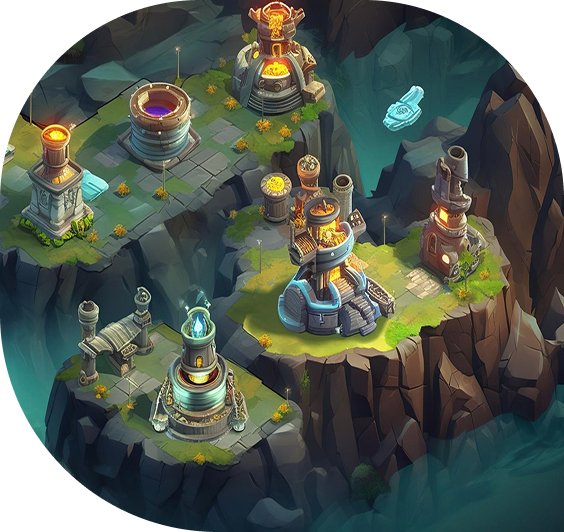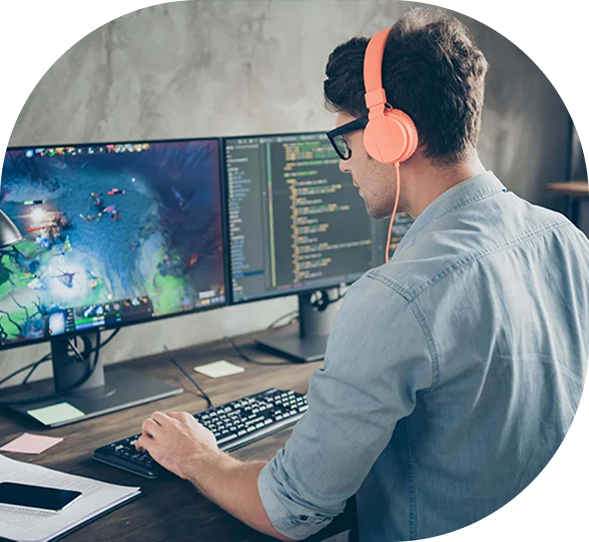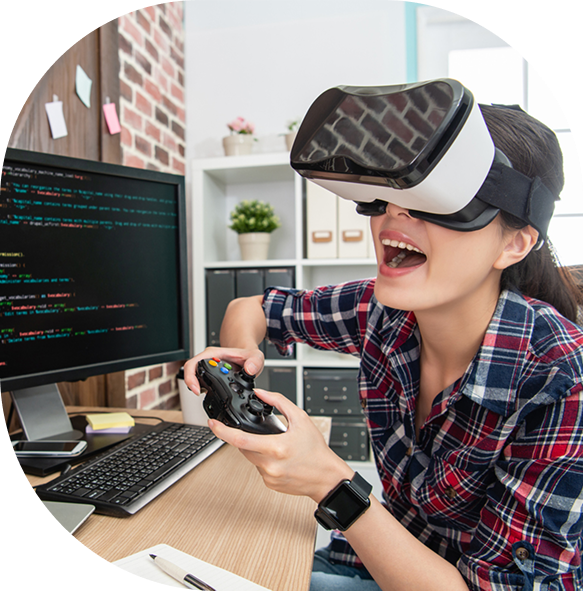It is our earnest endeavor to create 3D games that do more than just simply look good. Players should be sucked into the worlds we create, whether that be through the intensity of a battle that pushed their limits or the quiet awe of exploring a world that feels alive. Games should not just be played; they should be felt, remembered, and maybe even change the way you see the world, long after the console is powered down.
A good 3D game is not just about flashy graphics. It is about building a world players want to lose themselves in, a story they care about, and gameplay that keeps them hooked. Whether it is action-packed chaos, open-world exploration, or something completely unexpected, we are here to make it real. If it does not pull you in and keep you there, it is not worth making.



Quests, battles, and moments that make players feel unstoppable. These are the games that test people’s perseverance and logic, turning ordinary people into heroes, one top-tier challenge at a time.
Worlds players do not just explore—they live in. Deep stories, complex characters, and choices that actually matter. Because what is the point of a good RPG if it does not make you question every decision at 2 AM?
Want to build a city, manage a farm, or create a whole new reality? We make sims that let players control, create, and obsess over every tiny detail—because sometimes real life just doesn’t cut it.
Tight controls, intense firefights, and the kind of action that keeps players gripping their controllers a little too hard. Whether it is tactical precision or full-throttle chaos, we bring the heat.
No invisible walls, no limits—just endless exploration. Whether players want to follow the story, chase side quests, or get lost in the scenery for hours, we create worlds worth wandering.
01
02
03
04
05
Every game starts with an idea, a spark that deserves to grow into something players can truly connect with. At Markeltree, we understand how much your vision means to you, and we are here to shape it with care, creativity, and the expertise to make it shine. Whether it is a story waiting to be told or a world ready to be explored, we are here to build it with you, every step of the way.








© Copyright 2025 Markeltree All Rights Reserved.